In a bid to regain the trust of the public and reform their profession, more working police officers are learning to do their own research. Meet the police pracademics.
In 2003, Charles H Ramsey, the chief of the Metropolitan Police Department of the District of Columbia, took a trip to Jerusalem.
During a ride-along with the Israeli police in the southern part of the city, Ramsey noticed the officers kept the lights on top of their vehicle illuminated at all times. It was seen as a way to make police presence known to the public, and also a crime deterrence technique.
When he returned to Washington DC, he directed all of his officers to switch on the non-flashing “cruise lights” atop their vehicles when they drove around the city. Five years later, when Ramsey became police commissioner in the city of Philadelphia, he brought the lights policy with him. Other cities followed suit.
After his retirement in 2015, Ramsey’s successor Rick Ross quickly ended the cruise light policy. A lieutenant told a local reporter that the lights “allow the bad guys to see you essentially before you arrive to a location”.
The problem with all this was that no one – not Ramsey, nor Ross – knew for a fact that the policy helped deter crime, nor did they know if the reverse was true – that it made crime-fighting more difficult. No one in the department had run the kind of tests needed to find out if the lights truly drove crime up or down or had no effect at all.
In 2017, Darien Police Sergeant Jeremiah Johnson decided to change that.
“[Police] are making decisions based on what we think works or what is popular rather than what the evidence points us to,” he says. “I think that’s problematic and we need to shift that kind of thinking.”
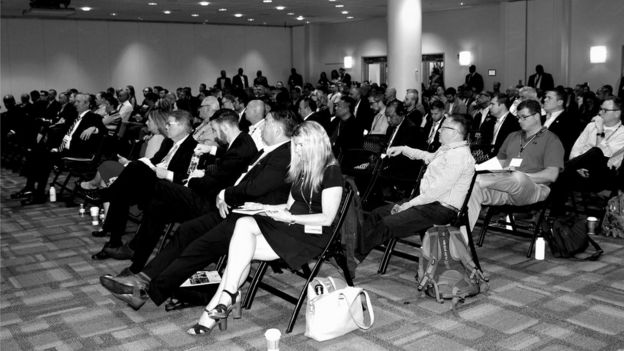
The small, affluent town of Darien, Connecticut, had a persistent problem with late-night car break-ins and Johnson, who has two masters degrees and a PhD in criminal justice, decided to run a randomised control trial to determine whether or not keeping lights on patrol cars had any impact. Over the course of four months, officers on the overnight shift were randomly assigned to have a “lights on” or a “lights off” night. Then Johnson tabulated the number of vehicle break-ins, vehicle thefts, arrests, accidents and traffic stops that occurred overnight. He controlled for bad weather and the varying numbers of officers per shift.
Six month later, Johnson presented his findings in a room full of other police officers, academics and law enforcement experts at the second annual conference of the American Society of Evidence-Based Policing in Philadelphia. His results were promising – crime incidents dropped across the board when officers kept their lights on.
However, only the drop in the number of traffic stops was statistically significant, meaning he couldn’t rule out that the results were due to random chance. The Darien Police Department did not adopt the technique.
“You kind of have to go where the evidence takes you,” Johnson said afterwards. “If it’s not effective, then you move on to the next thing.”
Johnson is what’s known as a “pracademic” – a researcher who practices in the field he studies. In this case, a working officer researching policing in his own department.
It’s a nascent movement within policing that was on display at the ASEBP conference, where police from all over the US – as well as the UK, New Zealand, Australia, Canada and Mexico – gathered to hear the latest research on body cameras, implicit bias, violence reduction and de-escalation, and to meet like-minded academics.
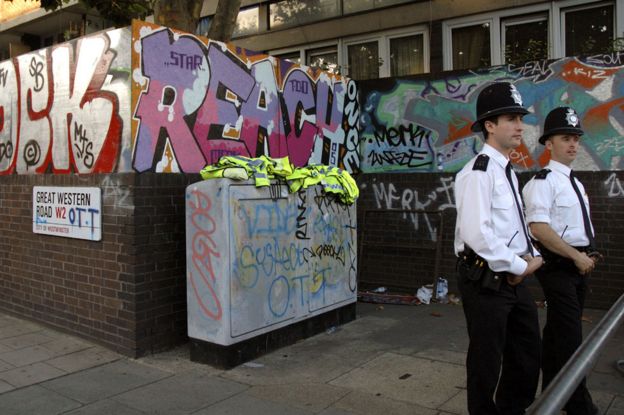 Image copyrightGETTY IMAGES
Image copyrightGETTY IMAGESThe types of studies the pracademics run are still too rare according to Renee Mitchell, the president and co-founder of the nascent ASEBP, who says there’s a “weak base of scientific literature” in policing.
“We intervene in people’s lives on a daily basis. If you look at the numbers police probably make contact in the hundreds of thousands of of times over the course of a year,” she says. “Every single one of those interactions or interventions could potentially be harmful …we don’t know the effects of our practices.
“We owe it to the public to start figuring this stuff out, because we could be making people worse.”
Mitchell is a 46-year-old sergeant with the Sacramento Police Department, as well as a Fulbright Police Research Fellow who holds a PhD from the University of Cambridge.
After 20 years on the force, she knows first hand how unexamined policies and policing techniques can harm not just the public, but police officers themselves.
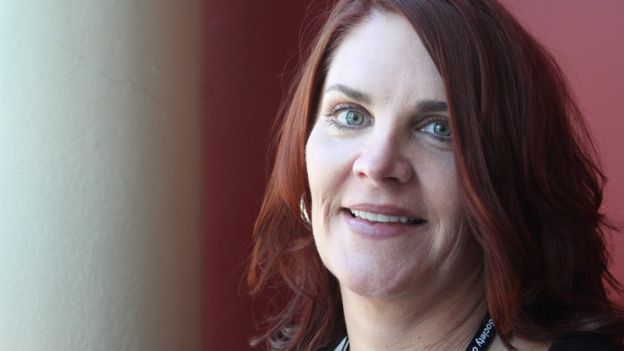
For instance, she recalls in far too much detail the night when she and her team of officers were called to respond to a mother and an infant who’d been stabbed to death by a man in a meth-induced psychosis.
“I don’t watch gory movies anymore because of this call,” she says.
Afterwards, the officers were directed to attend a “critical incident stress debriefing” within a week of the incident, a type of therapy intervention meant to help the officers cope.
Later, when Mitchell looked into some of the research around the technique, she found that some studies showed the debriefing may have little to no impact, or worse, could actually increase the risk of PTSD.
“This is a practice that we used across the country for our police officers,” she says. “That was a big shocker to me.”
Heavily influenced by the work of Cambridge criminologist Lawrence Sherman, who coined the term “evidence-based policing”, Mitchell founded the ASEBP after she realized that while research and data are used to shape policy in police departments in the UK, the vast majority of the 18,000 independent police departments in the US have not built scientific research into their decision-making.
She stacked her board with people like her – working police officers with advanced degrees who want to research policing.
“These are working cops, these are people who are out there everyday pushing patrol cars,” says Jim Bueermann, president of the National Police Foundation and a speaker at the conference.
“If you’re in the business to make the community safer and to put really bad, evil people in jail to make the place safer, why wouldn’t you want to do it better and more effectively? This is a mechanism to do that.”
The first ASEBP conference was small – about 140 attendees. This year, attendance grew to 240, and there were officers from all over the country, from small departments in California and Ohio, to departments of thousands like New York City and Baltimore.
Unlike other police conferences the attendees were rank-and-file, rather than just the top brass. Some of them came from cities that have already been through the defining catastrophe of the modern era of policing: one of their officers had shot and killed an unarmed black person, with ensuing protests and a media deluge.
 Image copyrightNURPHOTO
Image copyrightNURPHOTOMitchell, whose own department is currently grappling with the death of Stephon Clark, believes that if departments factor in the needs of their communities and combine it with evidence-based practices, the debate around policing will become less emotional and more rooted in fact.
“[We have] to have a conversation with the community to show them – this is why we have these policies and practices,” she says. “A lot of these policies and practices are a house of cards – it’s what the neighbouring police department is doing or what the legal justification is …we’re just passing on traditions.”
The pracademics dream of a world where their performance is judged on more than just the number of tickets they write or the number of arrests they make.
Where their chiefs select policies and trainings after reading up on the research supporting it. Where each department has a criminologist, a data scientist and a statistician on staff.
They run the kind of policing conference where a former chief put up a slide showing badges from the 19th century marked “Runaway Slave Patrol”, reminding the audience that for black communities the police were not always “the good guys.”
Vallejo Police Department Lieutenant Jason Potts, a towering former SWAT officer with a background in drugs and gang investigations, says that his experience makes other officers more receptive to what he has to say, as opposed to traditional academics who are often viewed as out-of-touch with the realities of policing.
“To be able to blend both worlds is valuable,” he says. “You are credible, you’ve lived that world.”
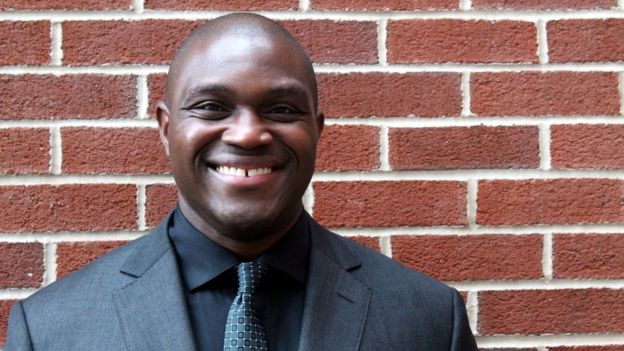
But that perspective is not always appreciated within the officers’ home departments. The yearly conference also functions as a kind of support group for the pracademics, who are often the only person in their department with an interest in doing research. Some officers admit it can be an isolating experience, or worse, a career-limiting one.
“There are people at this conference whose career is not as well progressed as it should be, who’ve been overlooked for promotion in circumstances where it seems largely clear that it’s their involvement in this slightly heretical field,” says Jerry Ratcliffe, a professor with the Department of Criminal Justice at Temple University and a former London Metropolitan Police officer.
“There is resistance to using science, logic, reason and scientific evidence in policing.”
Obed Magny, a Sacramento police officer with a doctorate in education who studies emotional intelligence training, says that’s not a big concern for him.
“We’re not doing this for a promotion. We’re not doing this because we’re trying to be police chiefs tomorrow. We’re doing this because we truly believe that we can make a meaningful contribution to the policing profession,” he says. “If that means my career gets stalled somewhere, so be it.”
Among the officers and academics, a small woman in a ochre yellow coat stood out. Meme Styles, who flew in from Austin, Texas, is not a police officer and, in fact, once counted herself among their harshest critics.
“I didn’t really believe in good cops when I started,” she says.
Out of “sheer anger”, Styles began organising and protesting in the wake of high profile incidents of police killing black men and women around the country.
Then in February 2016, the issue landed in her city – a 17-year-old boy named David Joseph was shot to death by an Austin police officer as he ran down the street, unarmed and naked.
Early on in her advocacy work, however, Styles found that protest wasn’t getting the results she wanted.
“I took a step back from any gut emotion, from any he-said-she-said language. Away from, ‘This is how you’re making me feel,'” she says. “I stopped all that talk and I elevated the data.”
Styles founded MEASURE Austin, a coalition of researchers, activists and tech-savvy people of colour. She began working building a relationship with the Austin Police Department based on a desire to understand the story that the numbers told about the department’s techniques, and tangible metrics to measure their successes and failures.
“The cool thing about data is it allows us to speak the same language, and it allows me to be heard,” she says.
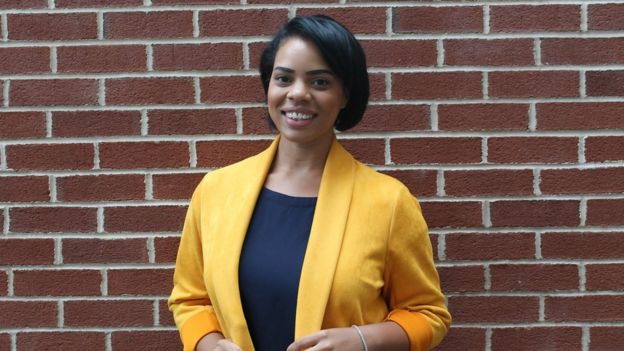
MEASURE Austin got buy-in from the Austin police, and successfully lobbied with other organisations that the entire department attend implicit bias training. When the city approved spending to hire 12 new officers, the mayor included a list of requests submitted by MEASURE for data including numbers showing overall use of force and deadly force, and the department’s clearance rates by offense.
“They were interested in fact, research, to be more data driven in their decisions,” says Austin police lieutenant Chris Vallejo, who was assigned to work with MEASURE Austin. “It takes away a lot of the subjectivity. We can work on the facts. I’ve become friends with Meme.”
A few weeks after the conference closed, Mitchell says she hopes the conference helped create a few more like-minded officers, who are willing to walk the sometimes lonely road of researching the police. She views it as nothing short of the way to bring credibility back to policing.
“There’s so many people working in this space. The pracademics – we’re the group that was missing in the conversation,” she says. “Now that we’re at the table, advocating for police development, then I think we’ll make some changes that are good, that are healthy for the community, that aren’t knee-jerk reactions.”
As for Sergeant Johnson, he returned home to Darien, and to the night shift. He hopes that his profession is on the cusp of a new “golden era” of research and evidence-based practices – which he says last came around in the 1970s, when police organisations were under similar scrutiny.
“It’s kind of cyclical,” he says.
And, he adds, “I still have my lights on.”
